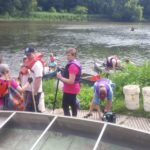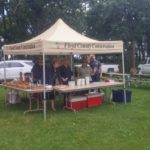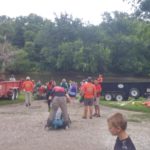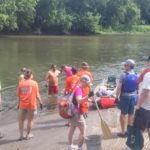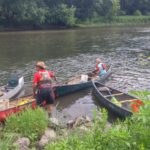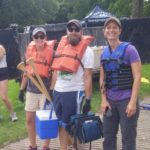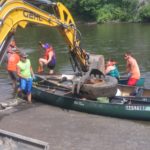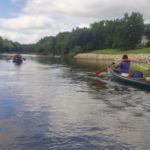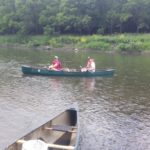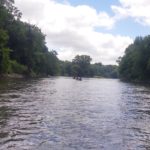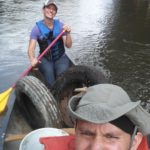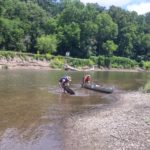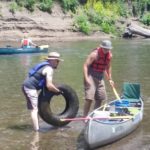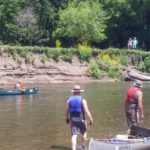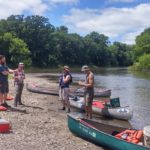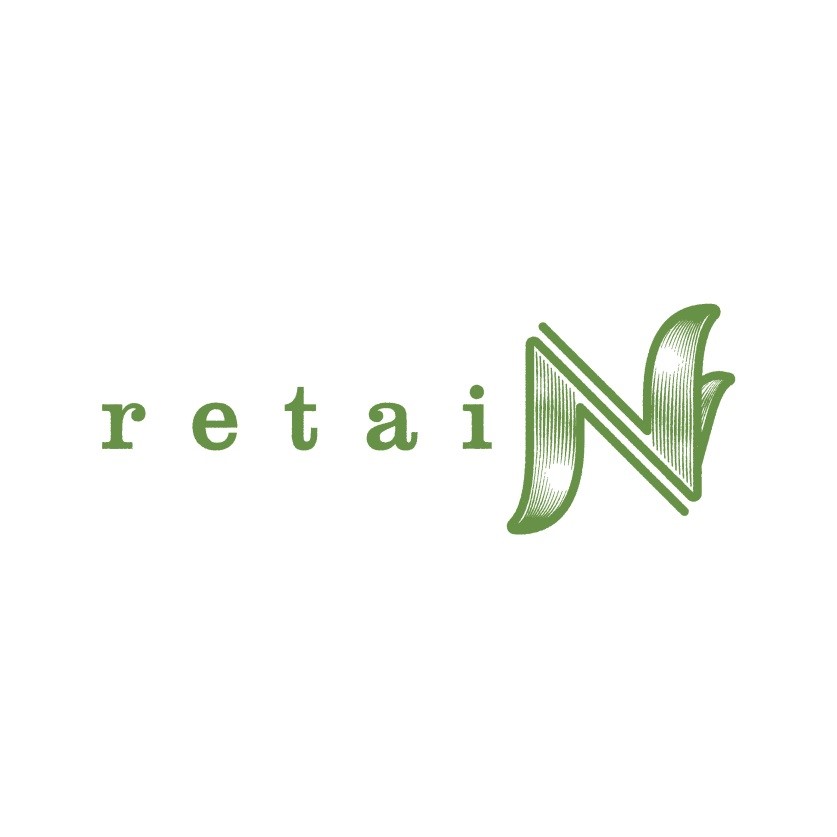
Post submitted by Jamie Benning, Water Quality Program Manager for Iowa State University Extension & Outreach
The retaiN project was inspired by experiences of Tim Smith, an Eagle Grove, Iowa farmer. Smith participated in tile monitoring and found levels of nitrates in his tile to be higher than he preferred even though he had been implementing conservation practices for many years. The tile monitoring data moved him to action, leading him to increase his on-farm testing and implement conservation practices that reduce nitrate loss. Conservation Districts of Iowa and the Iowa State University Extension and Outreach Water program led the effort to develop an easy to use nitrate testing kit to encourage other farmers to gather their own nitrate data to support decision making related to nitrogen management and reduction of nitrate loss.
Through support and partnership from the State Soil Conservation Committee, Iowa Learning Farms, Iowa Department of Agriculture and Land Stewardship, Division of Soil Conservation and Water Quality, the retaiN nitrate testing kits were developed. The kits include a bottle of 25 Hach nitrate and nitrite testing strips and a booklet with nitrate monitoring instructions, nitrogen practice information and data log section all in a shippable box. The Hach test strips are simple and easy to use and provide the farmer with a concentration reading in 60 seconds.
During the pilot phase of the project, 500 kits were distributed to established watershed projects, agriculture organizations and ISUEO field agronomists and engineers. Watershed coordinators and ISUEO specialists distributed the kits to individual farmers and provided follow-up calls and encouragement to sample throughout the 2015 growing season. Farmers were encouraged to sample tile outlets on their farms bi-weekly, or more frequently as time allowed. After the pilot phase, a survey of farmers and landowners and watershed coordinators and ISUEO specialists was conducted. The evaluation feedback from has been overwhelmingly positive. One farmer wrote, “The kit is quick, very simple to use and gives you immediate results. It helps me determine if I am losing any nitrogen”.
After the pilot phase, modifications to the kit materials were made based on survey feedback and kit distribution by watershed coordinators and extension field specialists and county specialists continued. Additionally, a partnership with Iowa Corn Growers Association (ICGA) was developed. The Iowa Corn Growers distributed kits to farmers during their Crop Fairs, Soil Health Partnership events, and watershed education and outreach events across the state. To date, over 1500 retaiN kits have been distributed. Conducting on-farm tile monitoring through the retaiN project has been a catalyst for farmers and landowners to gather baseline nitrate data for their farm, implement nitrate reduction practices, prioritize changes to their nitrogen management practices and explore additional monitoring. Several extension specialists and watershed coordinators from the North Central Region and beyond have consulted with the retaiN team to adapt the retaiN kit for their states.
For more information about the retaiN project, visit: www.retainiowa.com.
Jamie Benning will discuss the retaiN project at the 2018 Iowa Water Conference. The full agenda will be available soon!
Jamie Benning is the Water Quality Program Manager with Iowa State University Extension and Outreach. She develops and delivers water quality and soil conservation programs and collaborates with researchers and extension specialists to create science-based education and training opportunities. Benning works with external partners and stakeholders to support water quality improvement efforts throughout the state.



